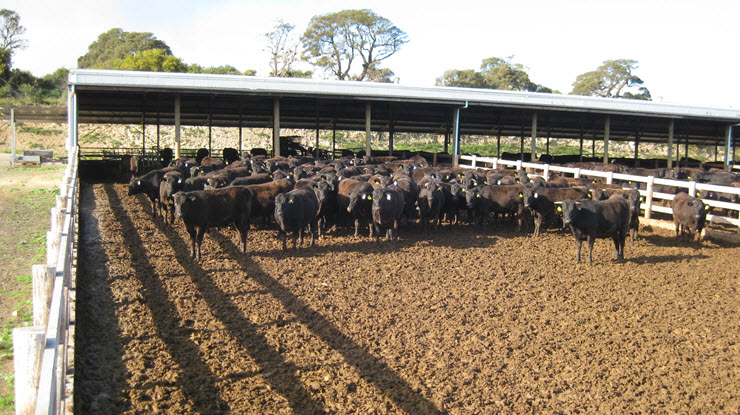
The new Clean cattle manual provides up-to-date information for all feedlots, regardless of size, to enable them to make decisions about adopting dag management practices.
Clean cattle manual released
Australian lot feeders now have access to a comprehensive new guide to prevent, manage and remove dags from cattle.
The Clean cattle manual provides up-to-date information for all feedlots, regardless of size, to enable them to make decisions about adopting dag management practices that are appropriate for their operation.
Designed as a practical, easy-to read guide, it also includes case studies showing different practices that have been successfully implemented, to further assist feedlots to make a decision that suits their specific needs.
The manual was produced by Premise and funded by MLA in consultation with the Australian Lot Feeders’ Association (ALFA).
Prevention is key
Premise’s Dr Margaret Jewell said prevention is the most important part of dag management in feedlot cattle.
“It’s important that feedlots have not just one practice that they implement when dags occur but have a year-round, integrated management plan in place to prevent and treat daggy cattle,” Dr Jewell said.
“Dags present major challenges across the entire beef supply chain for a range of reasons, including reduced performance and meat quality outcomes, and increased costs associated with the cleaning and processing of daggy cattle.
“Retailers have identified that some of the costs incurred by processors during dag risk periods may be alleviated if increased effort was expended at the feedlot level to better prepare cattle for slaughter.
“Dags also present a risk to the welfare and health of animals, and there are workplace health and safety issues associated with dag removal from live animals.”
Dirty or daggy?
Dr Jewell said it was important for lot feeders to be aware of the distinction between dirty and daggy cattle.
“Dags are really severe balls of manure and mud that form bonds to the hide due to the sugar content of grains,” Dr Jewell said.
“Dags usually develop in winter in climate zones where high winter rainfall and low rates of evaporation combine to prevent rapid drying out of feedlot pens.
“This is usually between the months of April and September on the eastern coast of Australia.
“The incidence of dags can increase from relatively minor to severe, with some of the worst cases seeing animals carry an average of 3.7kg of dags per animal.
“The washing facilities processors use prior to slaughter are not designed to remove serious and severe dags from cattle.”
Room for innovation
Dr Jewell said it was important the industry continued to look at new innovations to ease the burden of preventing and treating dags.
“The industry would welcome any new technology that would make the process easier and cheaper for them – there’s certainly opportunity for innovation in that space.”



